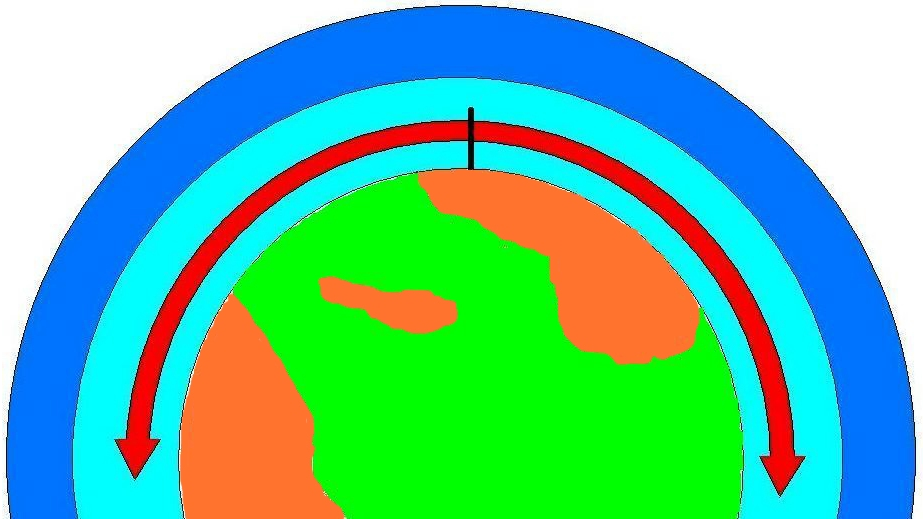This content has been archived. It may no longer be relevant

HF News
It looks like the lull in sunspot activity is coming to an end as the solar flux index has risen to 174 on Thursday 16th after a week in the 150s and 160s.
What was a fairly bare Sun is now showing signs of more sunspot activity rotating into view.
There have been no X-class flares in the past seven days and only one M-class event. This has meant that the Kp index has been low, thanks to a lack of associated coronal mass ejections, hitting four during only one three-hour period on January 13th.
As a result, HF conditions have not been too bad with daytime MUFs over 3,000km regularly exceeding 24 and even 28Mhz at times. However, nighttime MUFs are still in the doldrums, often struggling to get above 5MHz over a 3,000km path. This will no doubt change as we head towards spring.
DX on the bands recently has included S01WS in Western Sahara and UP7WWA Kazakhstan, both on 28MHz CW. Closer to home we have had GB200LB celebrating the bicentenary of the invention of the Braille code and GB1GKA commemorating the 100th anniversary of the Portishead Radio/GKA receiving station at Highbridge, Somerset, both on 20, 17, 15 and 10 metre CW.
At the other end of the bands, Kev VK6LW has been heard on 1822kHz from Western Australia at his sunrise at 2112hrs UTC, as has Robert DU7ET in the Philippines at 2200hrs UTC. January is a great month for top band contacts.
Next week NOAA predicts that the SFI will remain in the range 160-175. Geomagnetic conditions are predicted to be good with a maximum Kp index of three.
As always, keep an eye on solarham.com for news of solar flares and CMEs, which could easily send the Kp index higher and the MUFs lower.
VHF and up
The current spell of high pressure has served us well with some good Tropo paths around the edge of the high into Spain and Portugal and even beyond to Madeira, CT9.
This has shown how effective long maritime ducts can be around the edge of areas of high pressure.
On Sunday, as this is being read out, the Atlantic is taking over the agenda and low pressure near Scotland will push a weakening front into north-western Britain as the high retreats east into Europe.
The rest of the coming week has other lows bringing some rain or showers and especially to the north-west of the UK where it will become quite windy again. On Wednesday as this is written, weather model runs suggested a small high may return to the southern part of the country.
We are in a rather unsettled weather period with some limited rain scatter potential for the GHz bands. Meteor scatter is also a bit thin with just a possibility the Gamma Ursae Minorids, which peaks this Saturday, January 18th, but it’s a very low rate and so not a great option.
Next, we move onto aurora and there continue to be examples of alerts suggesting minor events. Generally though, spring is usually a better time, so there’s still a while to wait.
January 11th brought a welcome out-of-season Sporadic-E opening to Poland then the Balkans on 50MHz lasting around three and a half hours from 1200hrs UTC.
Another good piece of news is the return of ionosonde data for the www.propquest.co.uk website after a few missing days. A good moment to thank all those who maintain the professional data sets that allow us amateurs to see what the bands are doing.
Moon declination is positive going negative this Sunday. Moon windows will shorten and peak Moon elevations fall. Path losses continue to increase as we approach apogee on Tuesday. 144MHz sky noise
